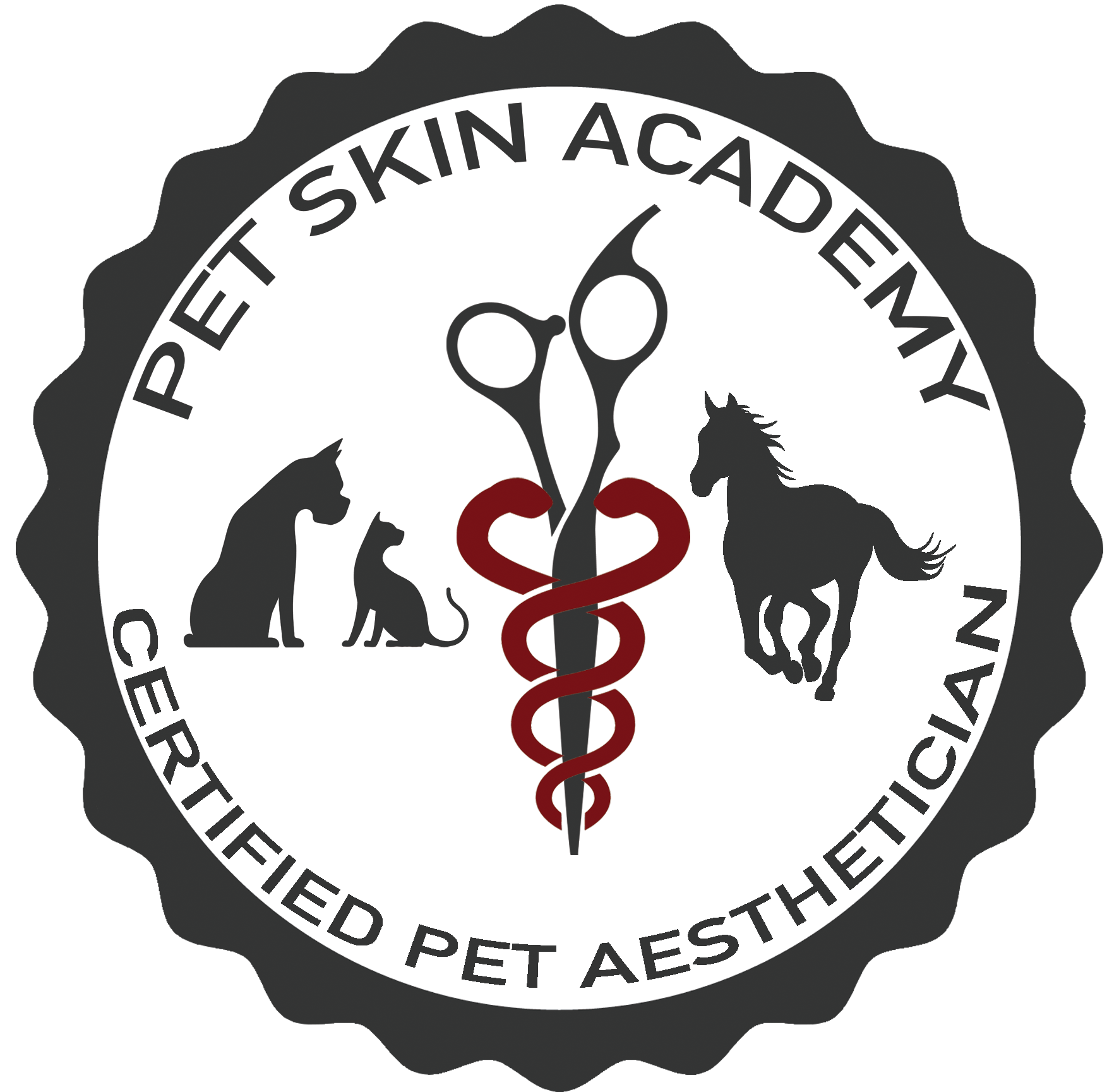
The Matted Cat: Causes, Cures & Prevention
The Matted Cat: Causes, Cures & Prevention
Many of us deal with matted cats, but why does this happen and how can we correct or avoid the issue?
Cats are fastidious self-groomers and generally require less brushing than their canine counterparts. They’re able to maintain their coats so well because their tongues have barbs that work much like a brush. These barbs not only comb the hair but also help move sebum from the skin through the hair. This distribution of sebum maintains the integrity of the hair.
The act of licking also loosens and removes dirt, leaving saliva on the coat, which has a cooling effect. Unlike dogs, cats don’t cool efficiently through panting, so they rely on other methods, such as grooming, to regulate body temperature.
With this great self-maintenance system, why do cats still get matted? The bottom line is that it depends on the presence and movement of sebum through the hair. Hair has plaques that, when lacking the oils from sebum, open up like a Christmas tree. In this form, it acts like Velcro—hairs stick together and collect dirt and moisture, which exacerbates matting.
There are several reasons why this occurs. It’s commonly seen in older cats, especially those with health issues. When an older cat has a hormonal problem (such as hyperthyroidism or diabetes) or a metabolic disorder (such as liver or kidney disease), the skin—which is an excretory organ—begins to eliminate toxins to its surface. This creates a toxic environment and alters the sebum’s chemistry, making it less effective. The body often responds with inflammation, prompting it to produce more sebum in an attempt to calm the irritation. Hair loss is also commonly seen, adding to the amount of hair to mat.
Unfortunately, many groomers focus solely on the excess oil and “degrease” the pets with dish soap or harsh shampoos. However, this can backfire. If the body is producing extra oil to manage inflammation, removing all the oils can shock the system, causing it to produce even more oil in response—further complicating the issue.
A better approach in these cases is the “close–open–close” or “condition–shampoo–condition” method. The first conditioner breaks down (but doesn’t strip) the top layer of sebum, allowing it to be gently removed during shampooing. A humectant (hydrating) conditioner is particularly effective because it hydrates and helps break down old sebum more efficiently than oils alone. The final conditioner is critical, as it should replenish hydration and the oil in the coat to prevent overproduction and ideally soothe the inflammatory response.
Routine bathing and proper conditioning can be a key factor in preventing matting by maintaining the protective sebum layer. However, if a cat is only shampooed and not properly conditioned—or harsh products are used that strip away oils—it leaves the skin and hair vulnerable to matting. The cuticle opens, causing the same “Velcro effect,” leading to dehydration from the open plaques and lack of sebum covering the hair.
It’s essential to note that applying oil (an emollient) alone doesn’t rehydrate the hair or skin. Oils form a barrier that locks in moisture—a process often misrepresented as “moisturizing.” If the skin is already dry, adding oil just traps that dryness inside. Since oil and water don’t mix, oil alone can’t hydrate.
Additionally, applying a good conditioner only won’t necessarily close the cuticle. A boar-bristle brush used with the grain of the coat can help distribute oils along the hair shaft and close the cuticle.
Other contributors to matting include dry weather, lack of grooming or inability to groom. If a cat is unwell, arthritic or overweight, it may struggle to reach all parts of its body, which can lead to excessive matting.
In a large percentage of cases, once the coat is restored to health using the right products and techniques, the cat resumes normal grooming. Often, they stop grooming simply because it hurts—pulling their coarse tongue through matted hair is painful. Once the mats are removed, if grooming doesn’t resume, we should consider underlying issues like arthritis or obesity. Many of these cats may even stop using the litter box due to similar discomfort.
Another issue to watch for is the formation of hairballs. When cats groom, they may ingest an excessive amount of hair, which can lead to vomiting. This is commonly associated with constipation and even secondary urinary infections and kidney failure caused by dehydration, which in severe cases can be life-threatening.
It is imperative to keep a cat’s hair and skin healthy to avoid the many health issues associated with matting. Prevention is always the best approach. The good news is that cats are usually diligent self-groomers between visits, making coat care easier—as long as we use the correct products and techniques to maintain healthy, well-distributed sebum and avoid matting.


